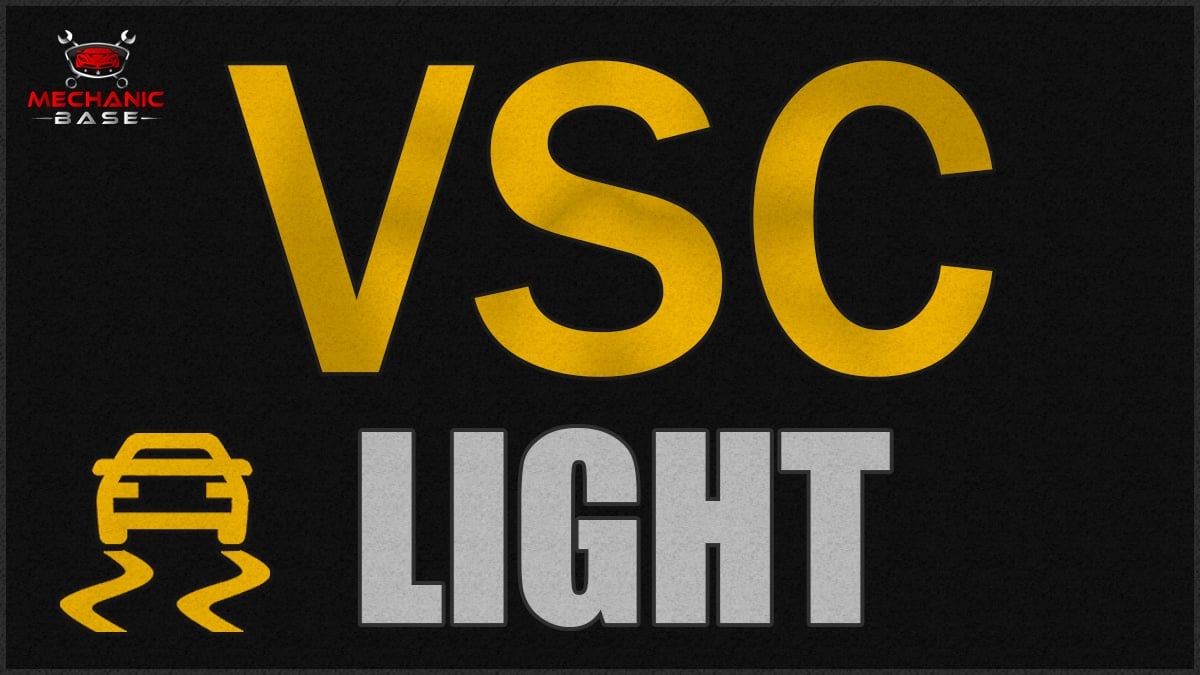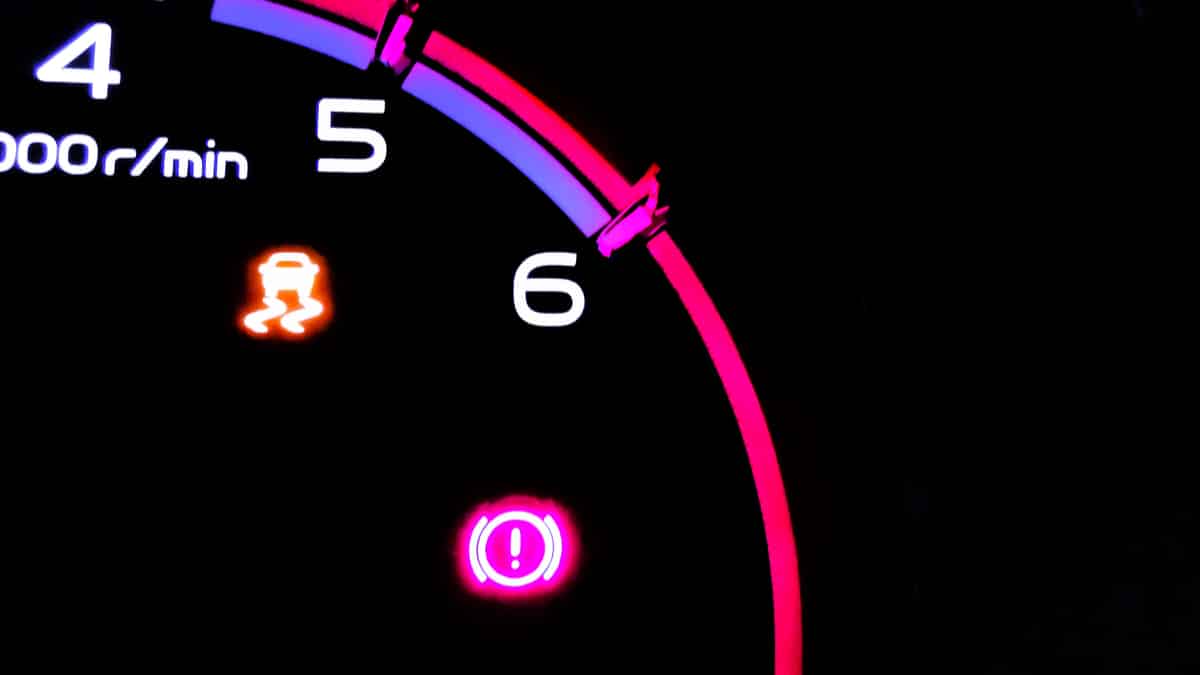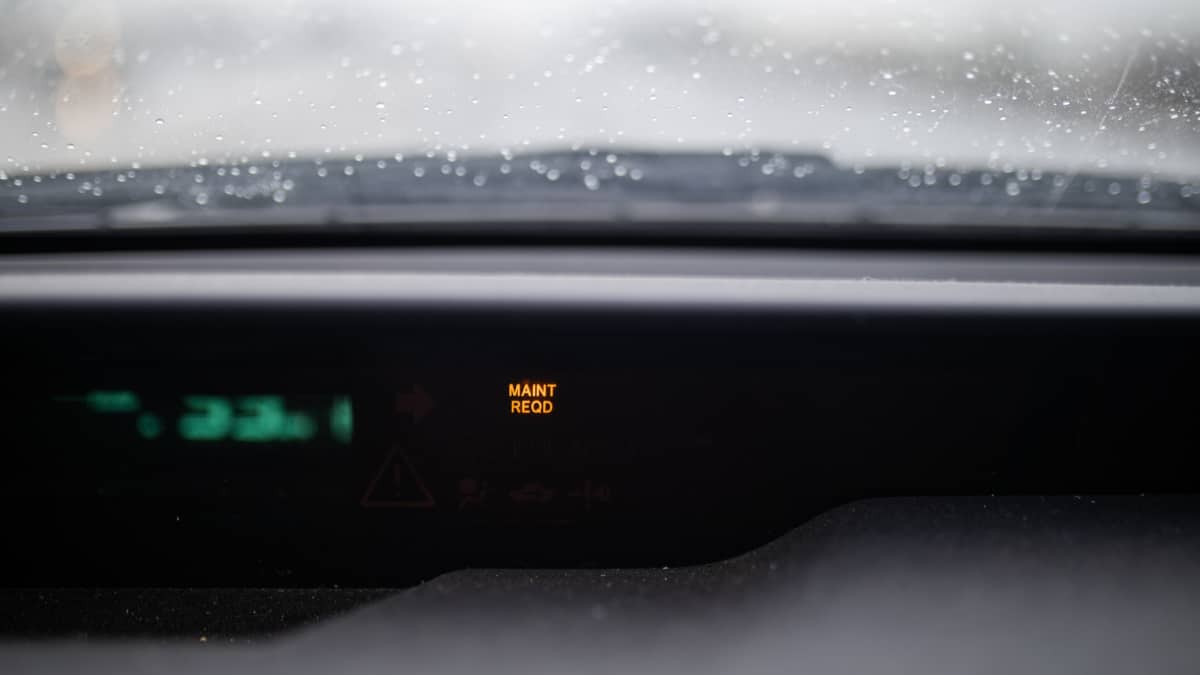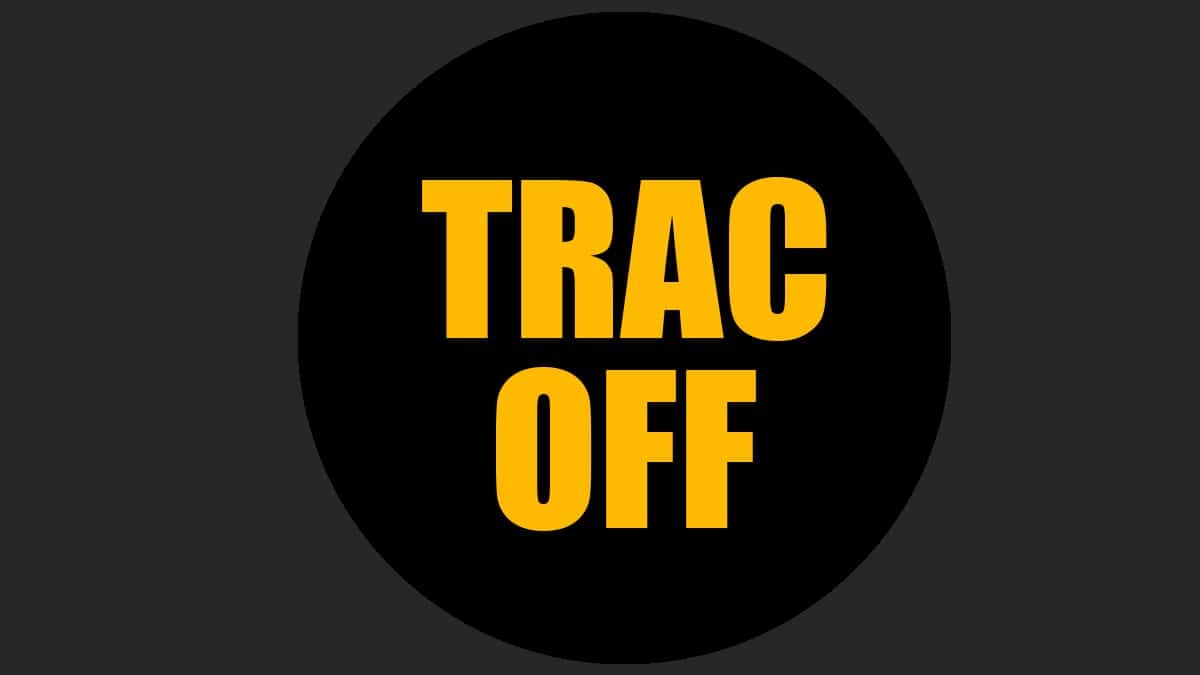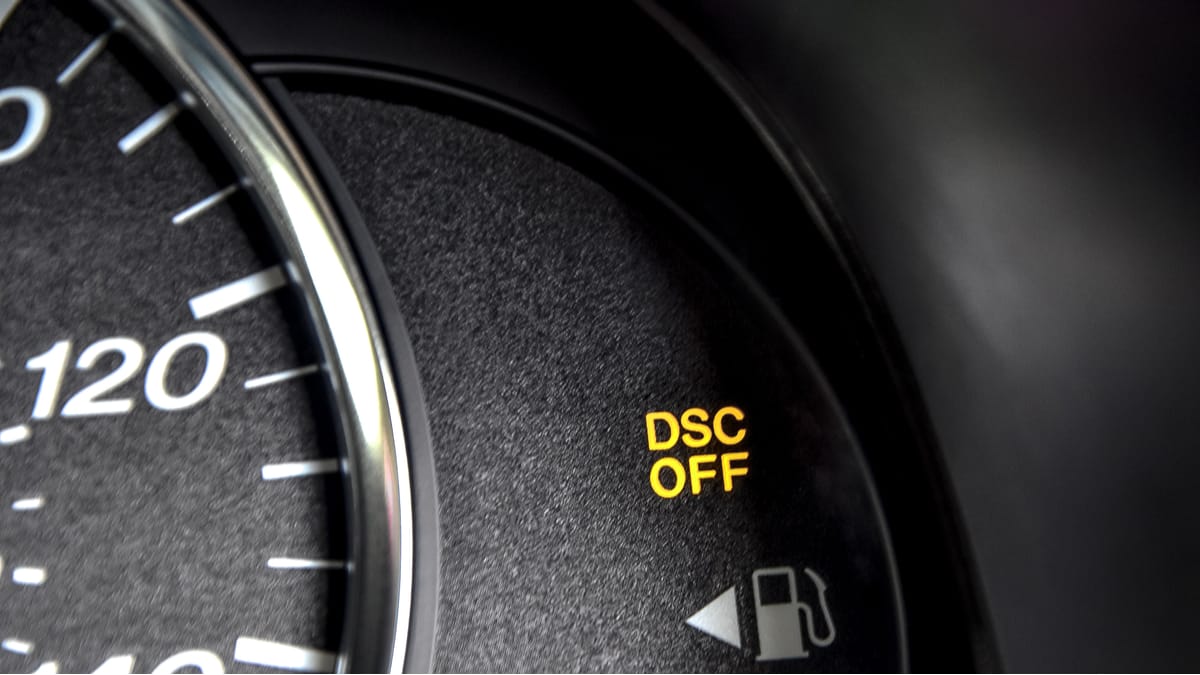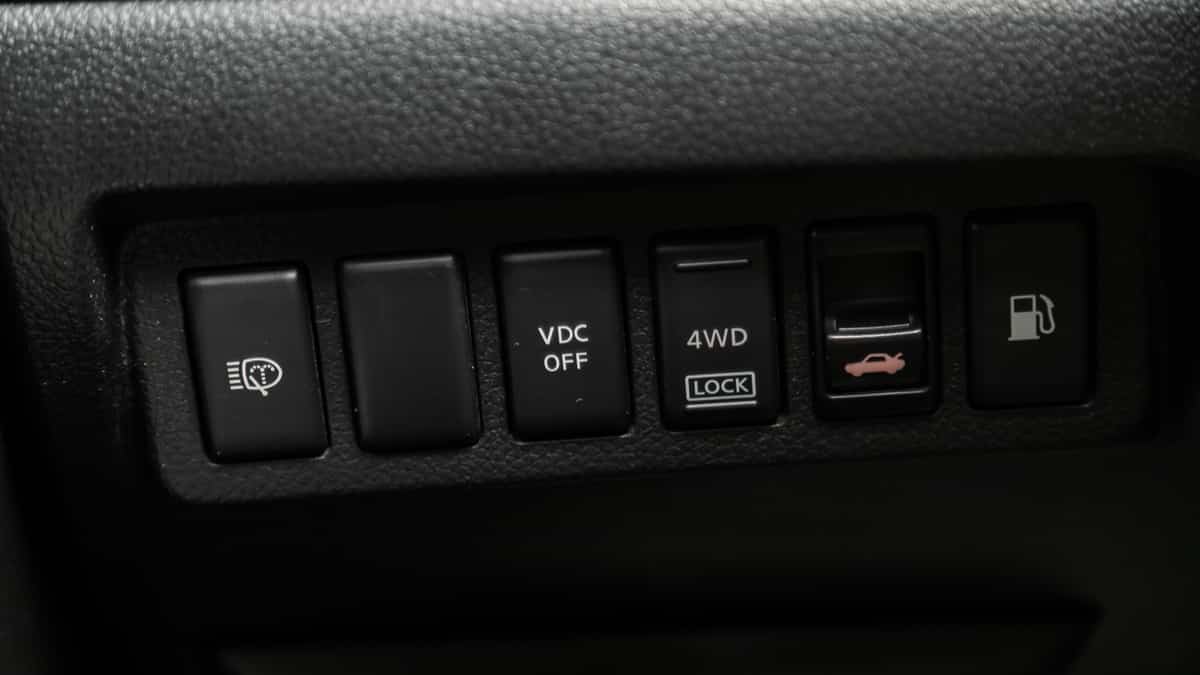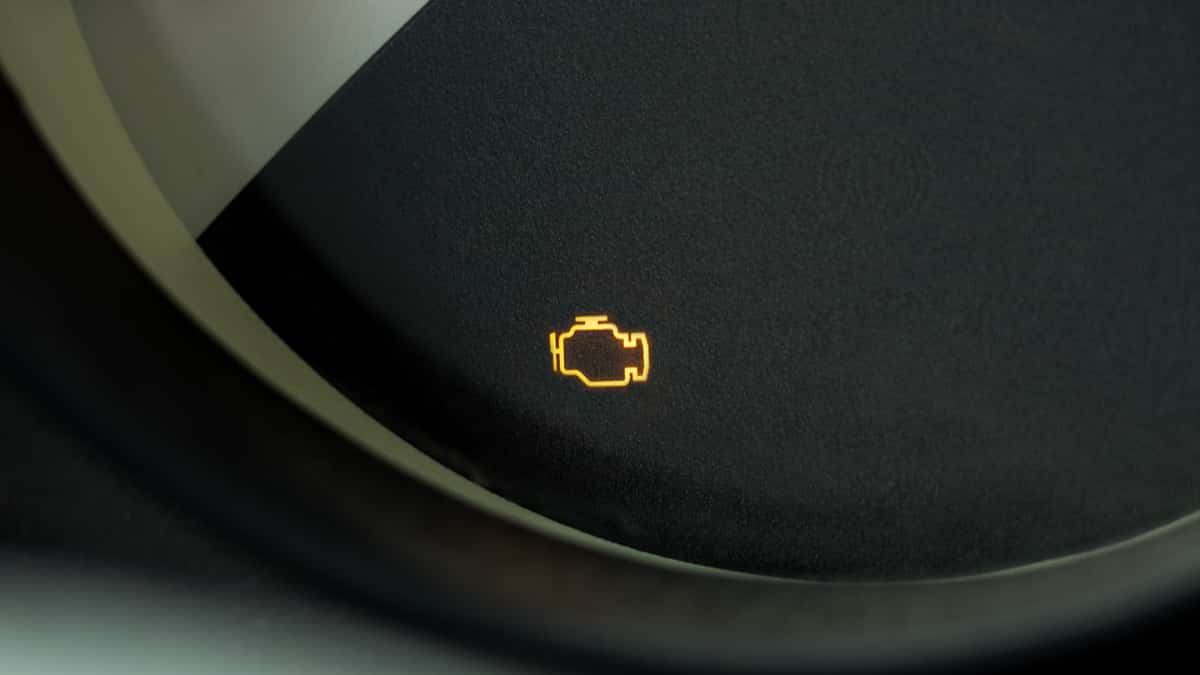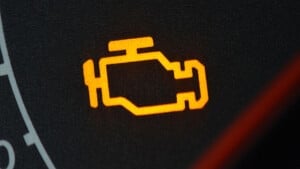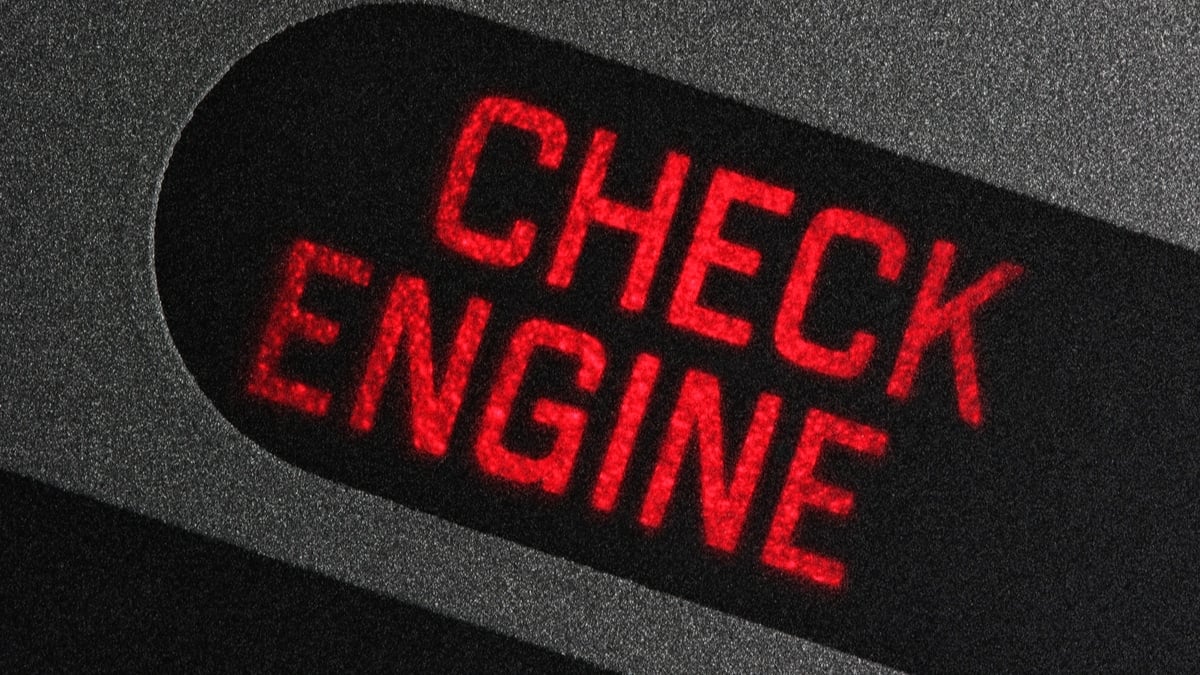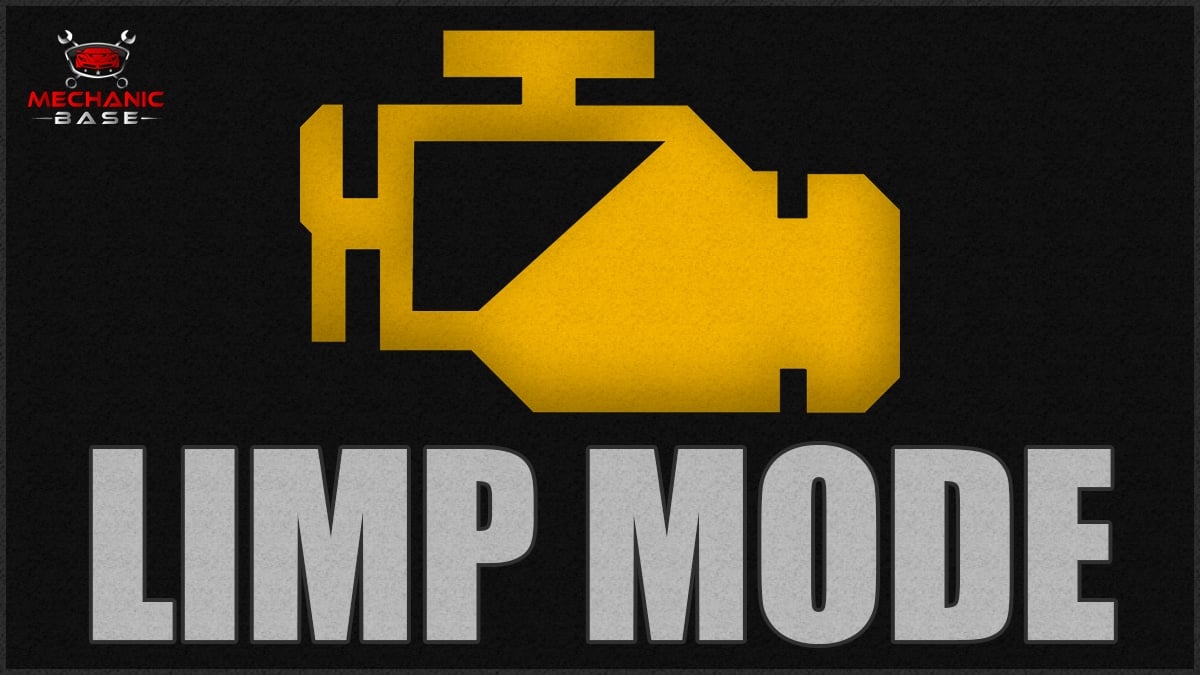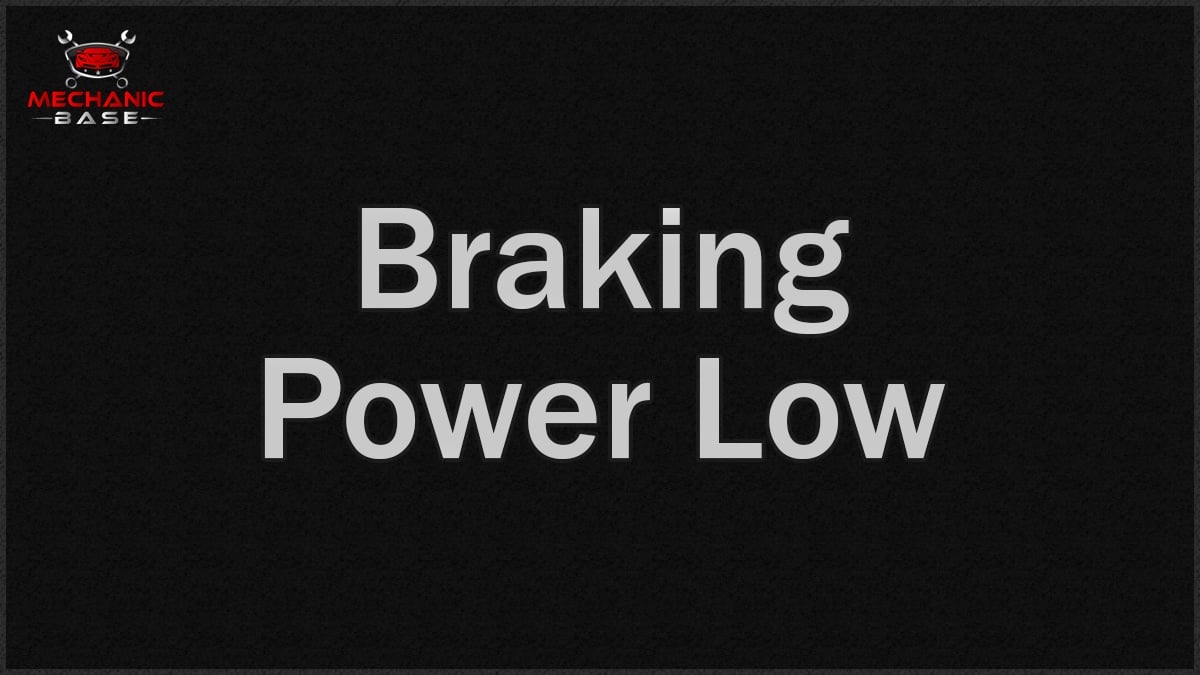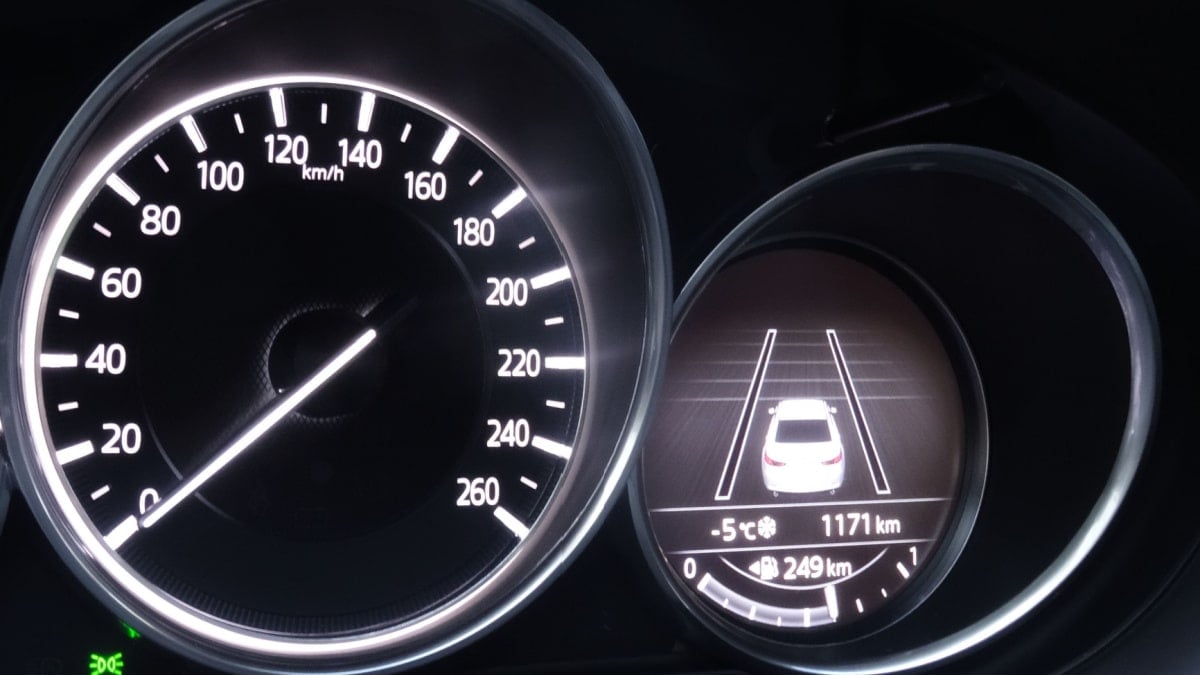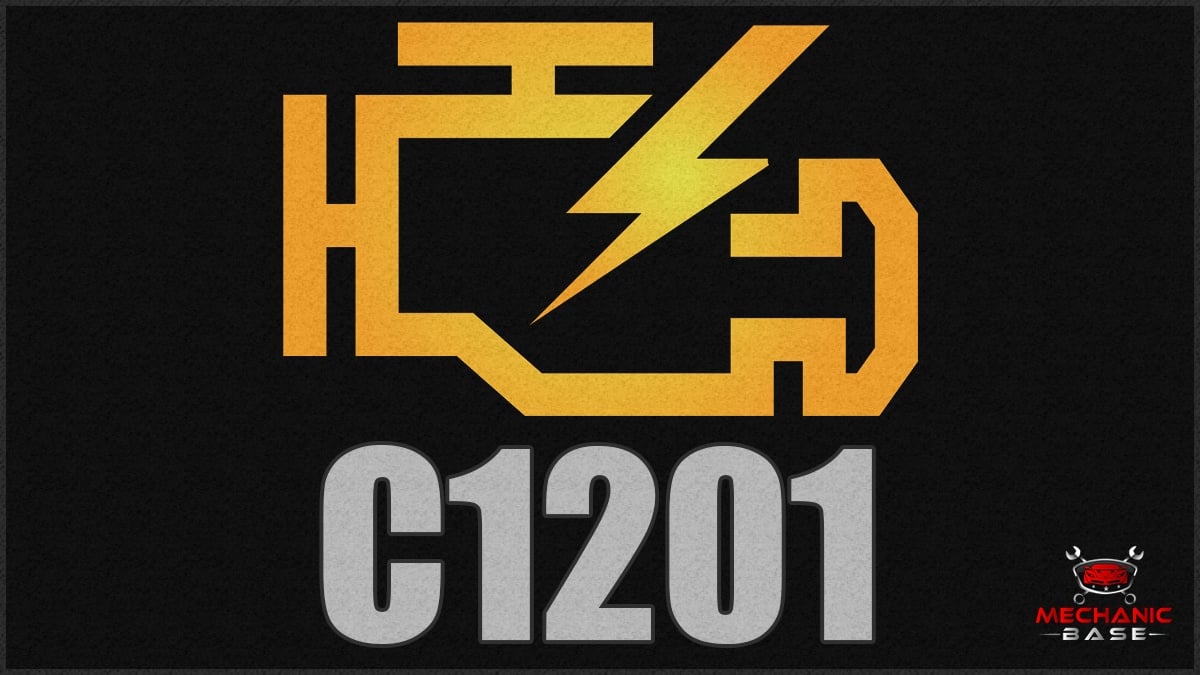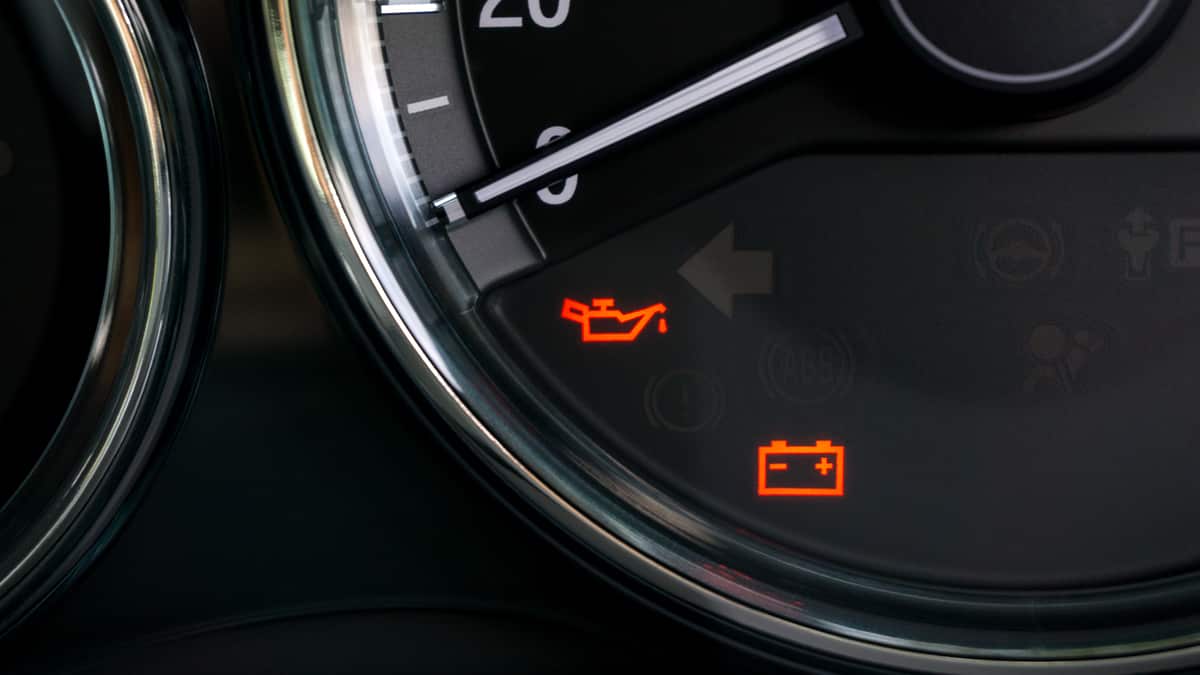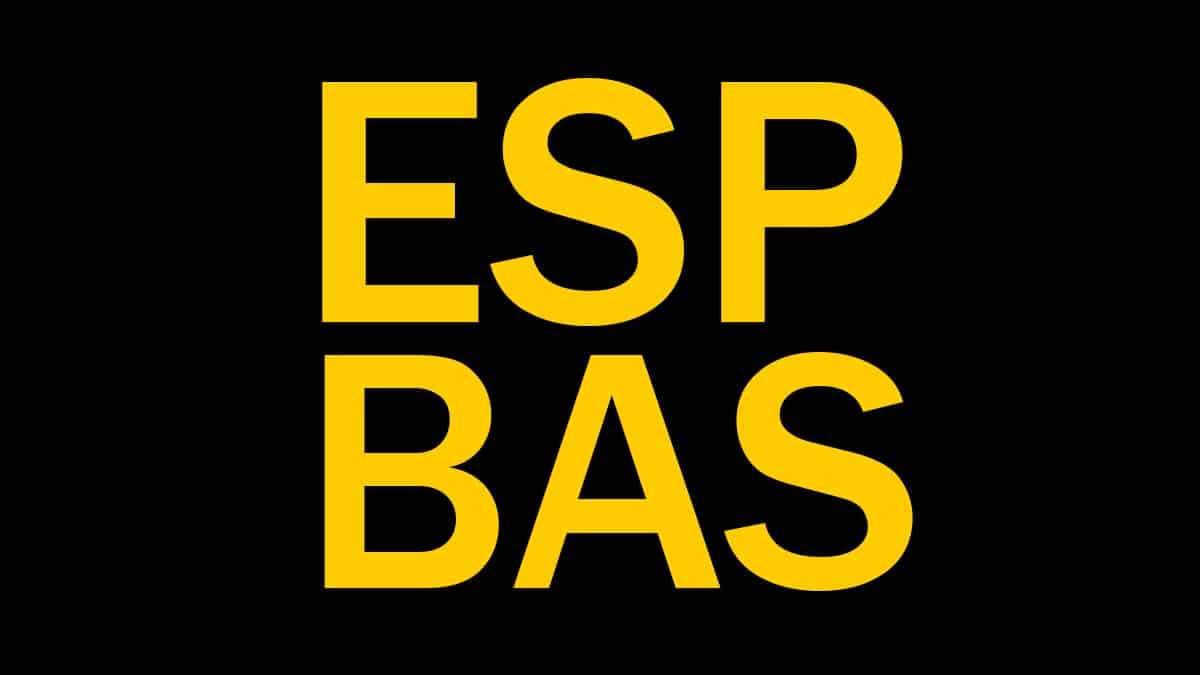The Vehicle Stability Control (VSC) is installed in many Toyota & Lexus cars, and its job is to stabilize your car if it slips in severe weather conditions.
When the VSC system senses that your car is losing traction, it will automatically remove engine power from certain wheels to correct the course of your vehicle to prevent an accident.
VSC reduces the number of traffic accidents in rainy, foggy, and snowy weather conditions by quite a lot and therefore, it is important to fix your VSC system as soon as you see a VSC light on your dashboard.
In this article, we will go through what the check VSC system or VSC light means, what causes it and how you can fix it yourself. We will also go through some of the common questions about the VSC light. Let’s begin!
What does the VSC Light mean?
The Check VSC System Warning or VSC light indicates that there is a problem with your traction control system, and your VSC and ABS systems will be temporarily disabled. It may also appear if you accidentally pressed the VSC button.
VSC stands for vehicle stability control, and it is Toyota’s and Lexus’ systems for handling traction control. Traction control helps your car to maintain its grip by reducing the engine power sent to the wheels and sometimes even applying brake force through the ABS system.
VSC works together with ABS and other control modules. If you see the “VSC OFF” warning light on your dashboard, it means that the traction control is completely disabled and the traction control will not work if you lose grip. If you have a newer Toyota or Lexus car, you may also see a “Check VSC system Light” message on your dashboard instead of the regular VSC light.
RELATED: Traction Control Light (TCS): Meaning, Causes (& How to Fix)
What causes the check VSC system light?
The most common cause of a VSC light is engine problems. If this is the case, you’ll see the VSC light along with a check engine light on your dashboard. It can also be caused by ABS problems such as a faulty ABS sensor or bad wiring.
Since the VSC system is integrated with the engine management and brake control system to control your car’s traction, there are quite a lot of things that could go wrong. Here is a more detailed list of the most common causes of a VSC warning light:
1. Engine issues

The most common reason for the VSC light to come on is due to an engine problem. This is especially true if you also see a Check Engine light on your dashboard along with the VSC light.
Modern engines have many different sensors, actuators and other parts that can result in a check light, which will also result in a VSC light if you have a Toyota or Lexus. Therefore, it won’t be possible to just guess what causes it.
When the check engine light and VSC light illuminate on your dashboard, there will be a trouble code stored in the engine control module. You need to read this trouble code to find out what is causing the warning lights.
Some of the common engine issues that could cause a VSC light are:
- Faulty MAF Sensor
- Bad O2 Sensor
- Loose Gas Cap
- Faulty Accelerator pedal
- Bad Crankshaft position sensor
- Bad Camshaft position sensor
- Wiring Issues
However, there are many different parts that can cause this problem as well, so that being said, it’s important to read the codes with a scanner first if you see both warning lights on your dash.
Learn more here about the possible causes: Check Engine Light – Meaning, Causes (& How to Fix It)
2. Faulty ABS Sensor
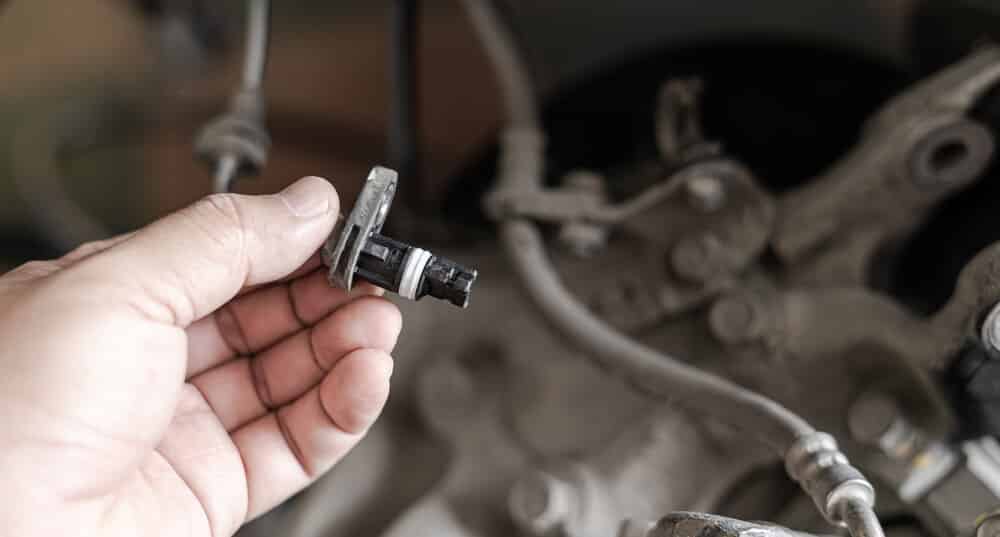
The ABS sensors are located at each of your car’s wheels to measure wheel speed. It is not only the ABS control module that uses this information but also other important control modules such as the ECM and TCM.
These ABS sensors are located at the wheel spindle hubs and are therefore also very exposed to water, rust and dirt and are therefore prone to failure.
Because the VSC system uses this information, it will display a VSC light on your dashboard if there is a problem with an ABS sensor. It is also possible that there is a problem with the ABS reluctor rings from which the sensors measure the speed. It could also be a wiring problem between the sensors and the ABS control module.
The steering angle sensor is also used by both the ABS system and the VSC system, and if this sensor gives the wrong signal to these control modules, it will turn on the VSC light.
RELATED: 4 Signs of a Bad ABS Wheel Speed Sensor (Replacement Cost)
3. Faulty Brake Light Switch
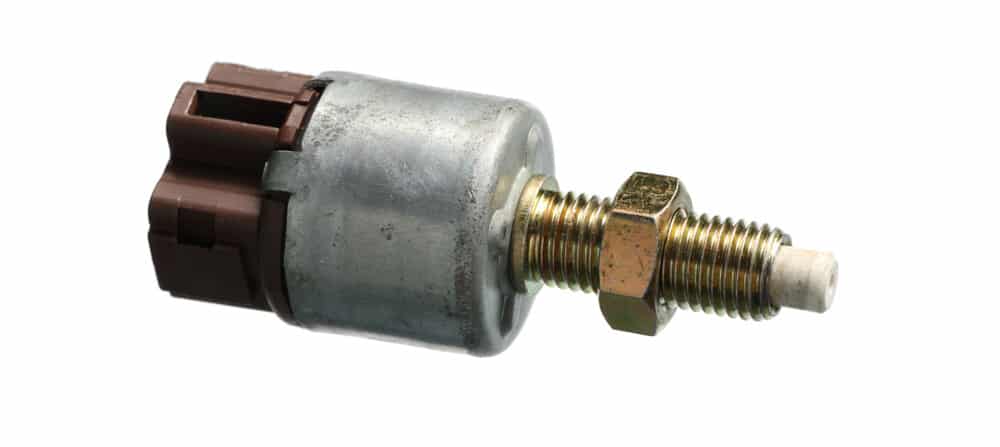
The brake light switch or brake pedal switch is located on your brake pedal. Its job is not only to turn on the brake lights when you press the brake pedal, but also to provide information to many control modules when you press the pedal.
One of the systems that use this information is the VSC system, and if there is something wrong with the brake light switch, it will store a fault code and turn on the VSC light on your dash.
RELATED: 5 Symptoms of a Bad Brake Light Switch (& Replacement Cost)
4. Wiring Issues

Modern cars come with a lot of electronics, and all these electronics need wiring. This is also why wiring problems have become a fairly common problem on modern car models. Unfortunately, wiring problems can be quite difficult to diagnose without the right skills and knowledge.
So if you’ve checked everything else, it might be a good idea to talk to a professional if you think there’s a wiring problem with your car.
5. Pushed VSC Button by mistake

In most car models with a VSC system, there is also a button to switch off the VSC system. There’s always the possibility that you’ve pressed this button by mistake, so you’ll want to double-check this before jumping to any conclusions.
However, if the button is pressed, you will more likely see a VSC OFF light instead of a normal VSC warning light. Learn more about when to use the VSC button.
Which car models use the VSC system?
The VSC system is Toyota’s traction system. However, you will also find it in many Lexus cars. Here are some models with the VSC System:
- Toyota Camry
- Toyota Avensis
- Toyota Verso
- Toyota Sienna
- Lexus RX400H
- Lexus is250
- Lexus is220d
How to fix the VSC light?
To fix the VSC light, you need to read the trouble codes with a scanner to find out what is causing the warning light to come on. You can also check the brake lights and brake fluid level.
Here are a few more detailed steps on how to fix the VSC light:
1. Read trouble codes
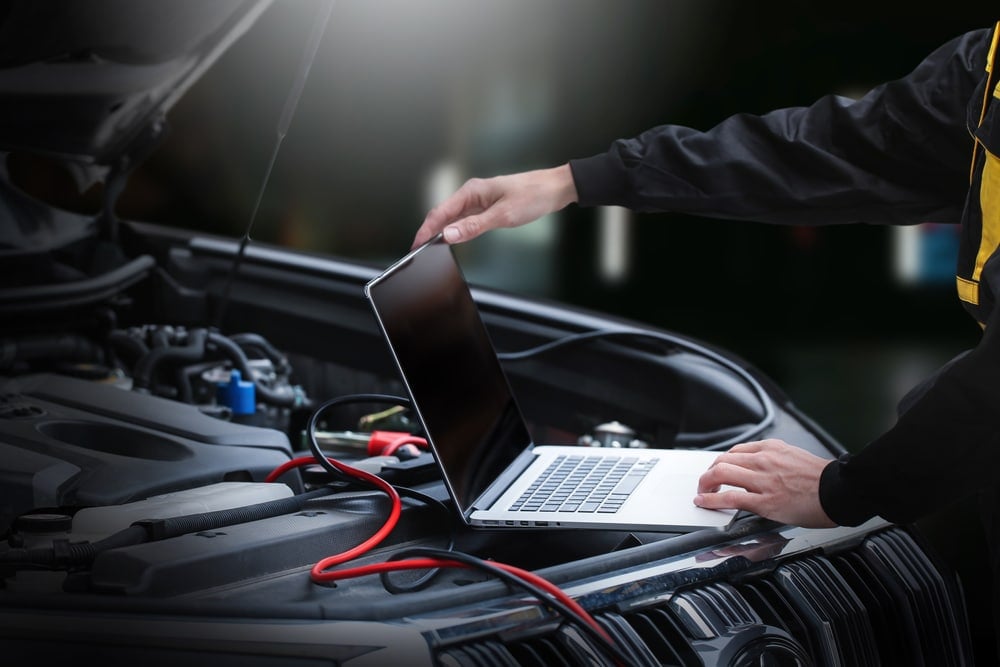
Because of the variety of problems that can cause a VSC light, you must always scan the fault codes from the engine control module, ABS control module, and other related control modules before doing anything else.
Modern cars have advanced diagnostic software, which will diagnose and tell you if there is a problem with an engine sensor or an ABS sensor. That’s good, because it means you don’t have to measure and diagnose every sensor in your car if there’s something wrong. This information can be read with an OBD2 scanner.
To read the engine control module, you can use almost any scanner on the market. However, to read the ABS control module, you may need a special scanner for your car model.
You can try reading the codes with a less expensive scanner, or you can go to an auto shop and have them read the ABS codes for you if you couldn’t find a problem in the engine control module.
2. Check Brake Lights

The brake light switch is a common part that can cause the VSC light to come on. Therefore, checking the brake lights can be a simple and quick solution.
Have a friend or family member press the brake pedal with the ignition on, while you check to see if the brake lights are working. Unfortunately, some brake light switches use two different currents inside them, and even if the brake lights work, it could be a problem with the switch.
But if there are no brake lights on your car, it’s definitely time to take a closer look at the brake light switch.
3. Check The Gas Cap
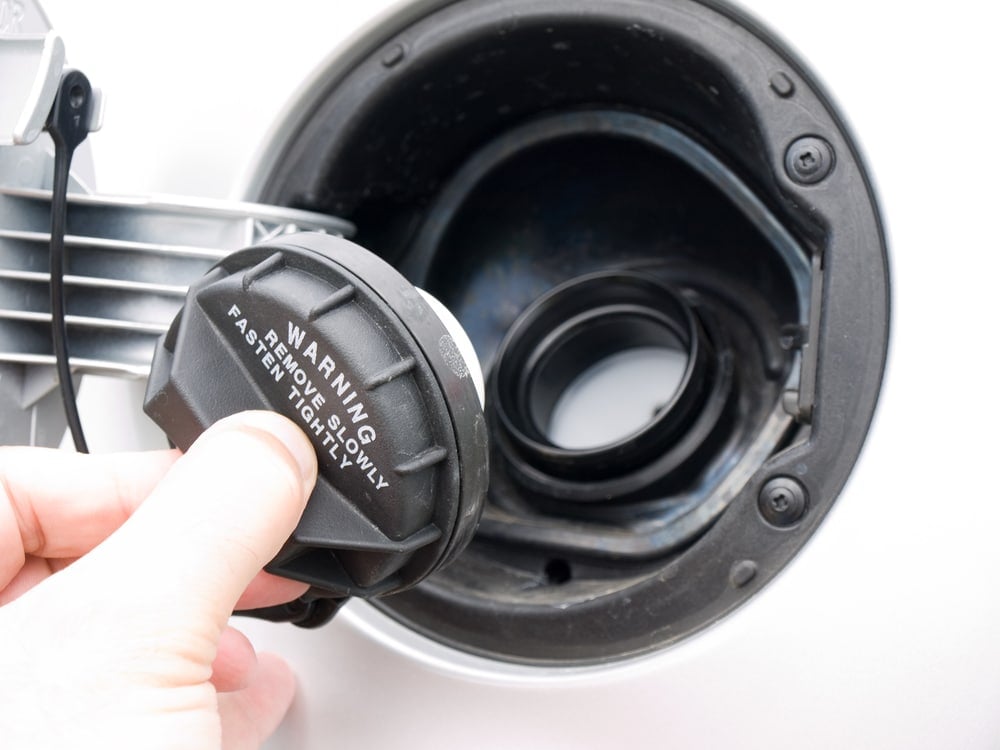
A common cause of the VSC light on Lexus and Toyota if you see it along with a TRAC OFF light and a check engine light is a leaking or loose gas cap. If the VSC light came on after you refueled your car, you definitely want to make sure the gas cap is properly tightened.
It can also occur if you leave your car running with the gas cap off when refueling the car. If so, simply clearing the code memory may be enough to fix the VSC light. However, you will want to inspect the O-ring on the gas cap and make sure it is sealing properly and not leaking.
4. Check The Brake Fluid Level
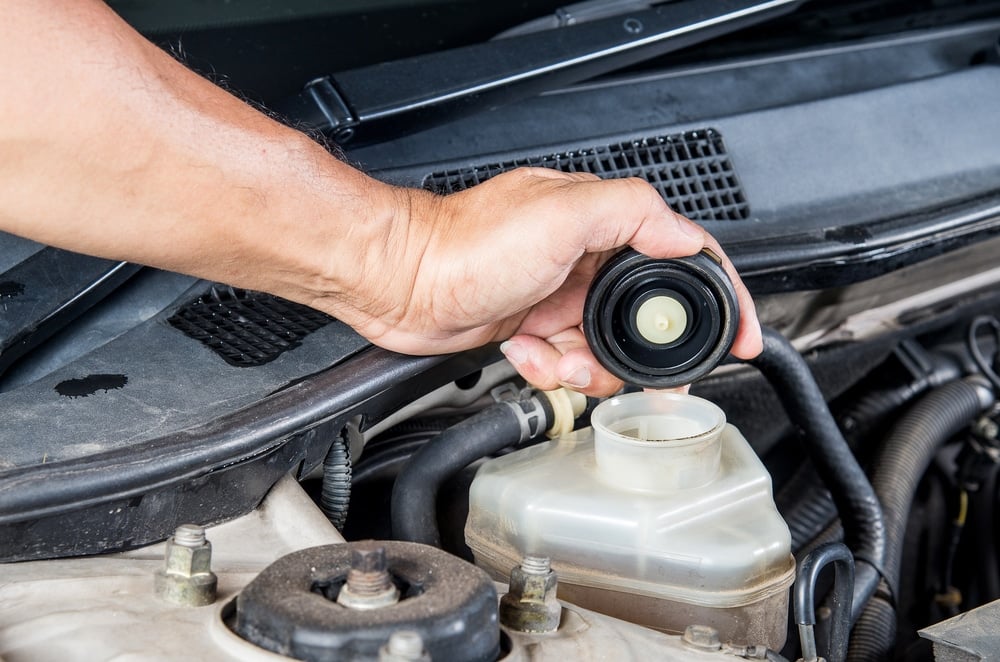
Another quick fix is to check the brake fluid level. Low brake fluid can cause many different problems with the ABS system, which can also result in VSC system failure.
Therefore, you want to check the brake fluid reservoir and make sure the level is not too low. If it is very low, you need to inspect for any brake fluid leaking around the brakes, and then refill the reservoir.
5. Talk to a professional

If you’ve tried everything above and still can’t figure out what’s causing the problem, it might be a good idea to get help from a professional. It can cost a lot of money to take the car to a mechanic to diagnose the problem. However, it can be a quick process as many mechanics have dealt with the same problem many times before and will solve the problem quickly.
RELATED: Mechanic Labor Rates Per Hour – US Market
How to reset the VSC light?

There is a simple solution to try to reset the VSC light. Maybe it was just an intermittent problem that caused the VSC light to come on. To reset your VSC light, try the following:
- Stop your car and put the gear in Park.
- Locate the VSC button. It’s often near the gear stick, but it can also be by your steering wheel or behind it, depending on your car model.
- Press and hold the VSC button for a few seconds.
- You will now see that the TRAC OFF and VSC OFF indicator lights will come on. Both the traction and VSC system are now off.
- Press the VSC button again for a second. Both the TRAC and VSC lights will turn off, and the systems are now re-engaged.
If this doesn’t work, you need to check the error codes and do some real diagnosis to find the problem. Take your car to a workshop if you don’t have the knowledge to do it yourself.
RELATED: VDC Light – Causes & Fixes
Where is the VSC button located?
The VSC button is usually located under the steering wheel on the left or near the gear lever on both the Toyota and Lexus. Some cars have the text VSC on the button, but some models just have a skidding car symbol.
Can I drive with the VSC light on?
In general, it is safe to drive with the VSC light on, and your car will run fine if you drive carefully. However, you should be extra careful because the car’s traction control system will be disabled. Therefore, it’s recommended to fix it as soon as possible.
How much does it cost to fix the VSC system?
Fixing a VSC system can cost anywhere from $50 to $2000 because there can be many reasons why your VSC system is not working. For example, if a bad ABS sensor causes it, it could cost $250. But if it’s a broken throttle body, you could easily spend over $1000.
How do I clear my VSC light?
Sometimes you can reset the VSC light by disconnecting and re-engaging the VSC system by pressing the VSC button. But sometimes you need an OBD2 scanner for the job, and most of the time there’s a problem you need to fix before you can clear the codes.
The VSC system works together with many other systems in your car model, and therefore many different problems can cause the VSC light to come on. Therefore, it is also particularly important to start the diagnosis from the right place and read the codes from all control modules.
I hope this article helped you, and if you read through it all, you should now have the knowledge to fix the VSC light on your dash. Don’t forget to subscribe to our YouTube channel!
Learn more:
- Car Diagnostic – How to Troubleshoot Car Problems (Guide)
- Is It Safe to Drive With the Airbag Light On? (& Why Not)
- Slip Light – Meaning, Causes (& How to Fix it)
Tags: Lexus
Categories: Brakes, Warning Lights
